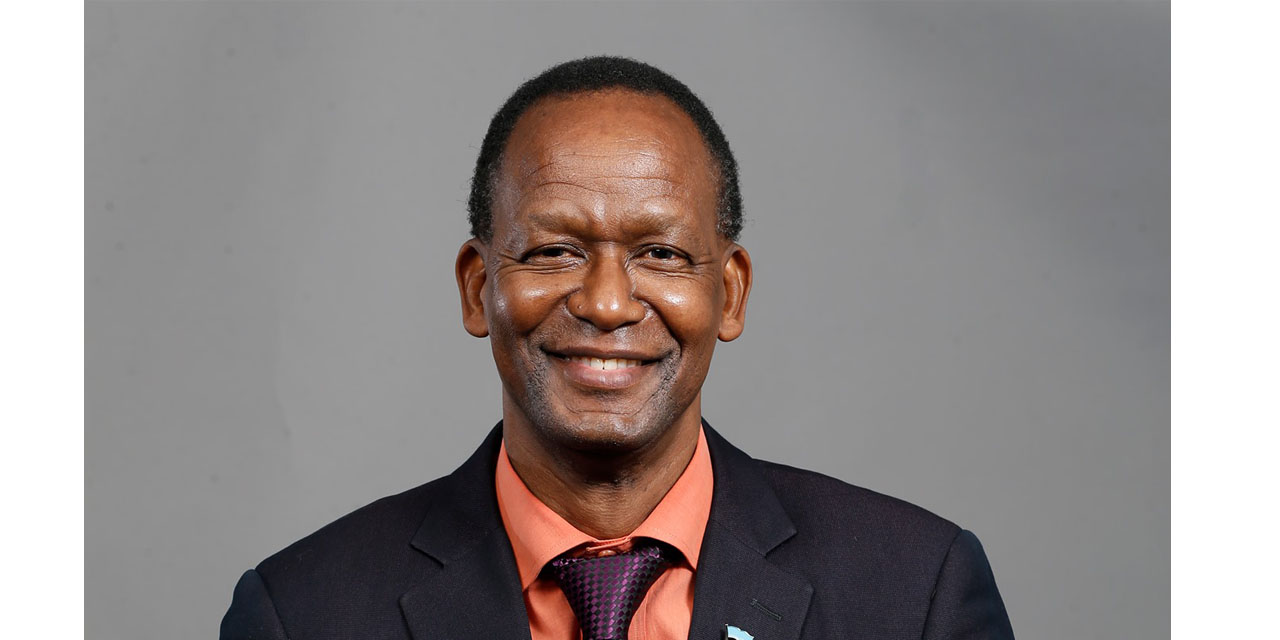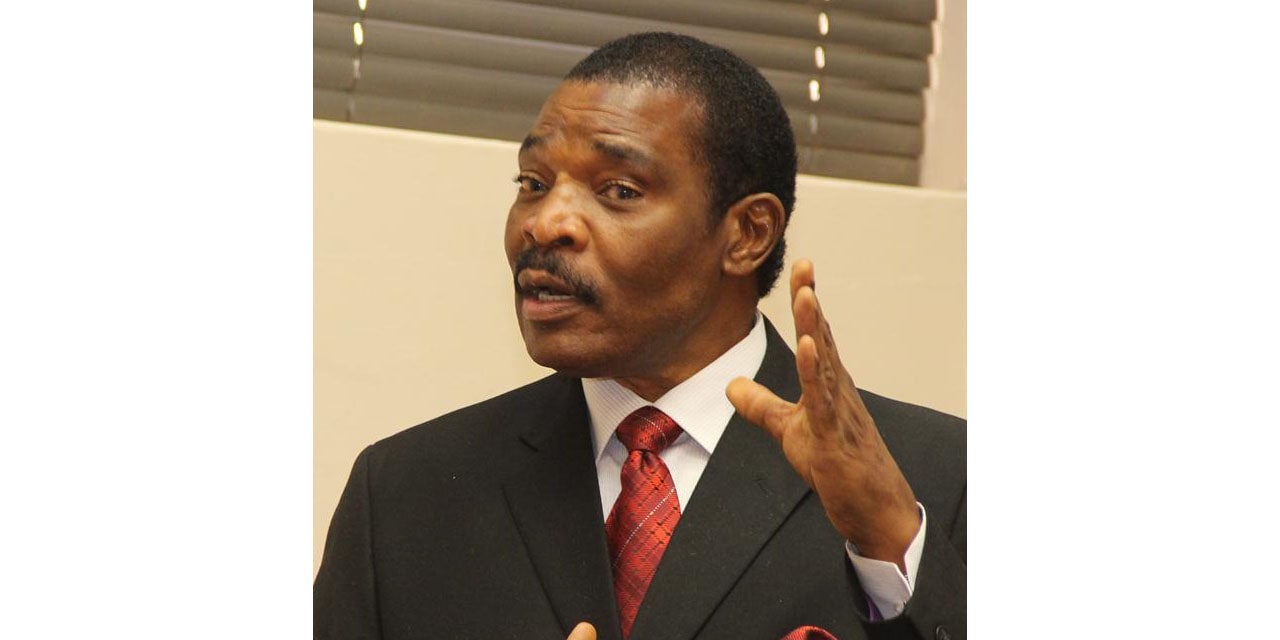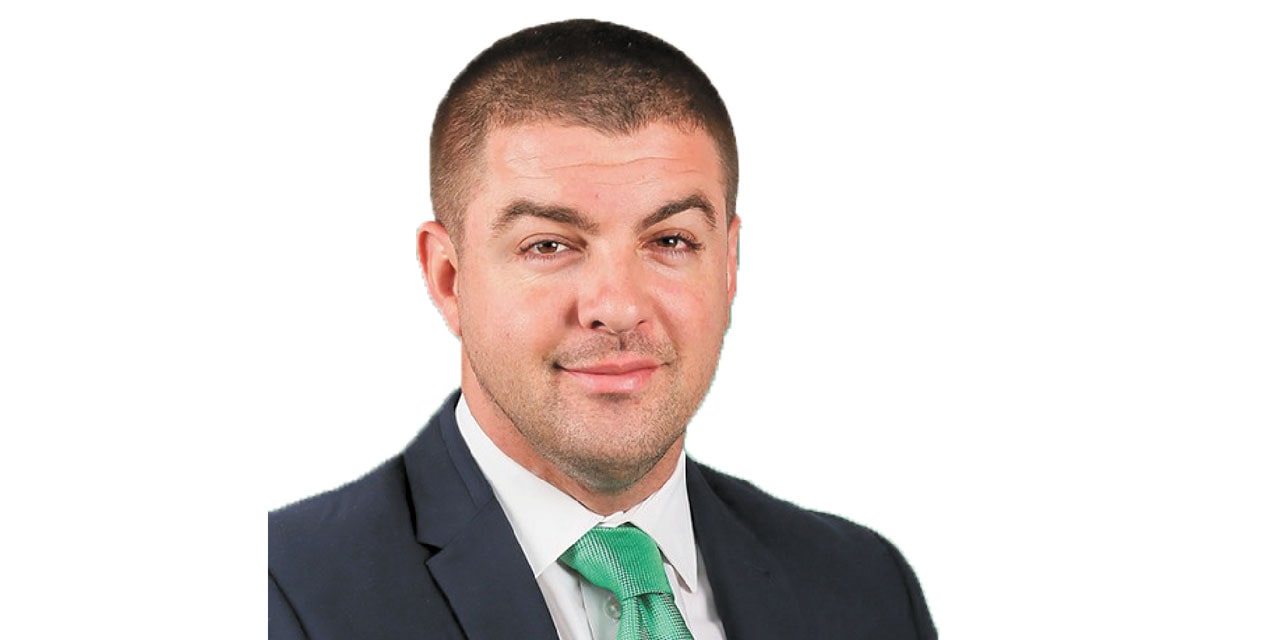Niël Terblanché
Namibia is one of the member countries of the Southern African Development Community (SADC) that committed to a specialized project that is aimed at preventing illegal, unreported unregulated (IUU) fishing in collaboration with other countries in the bloc.
The commitment, marked internationally on International Day for the Fight against IUU fishing, receives attention in the subregion through monitoring and control measures including tracking vessels, implementing stronger regulations and increasing collaboration between member states.
The SADC Executive Secretary, Elias Magosi on International Day for the Fight against IUU fishing, said member states are working tirelessly to strengthen cooperation to fight IUU fishing.
Combating IUU fishing is guided by the SADC Protocol on Fisheries implemented through the SADC Fisheries Monitoring Control and Surveillance Coordination Centre (MCSCC).
Magosi announced that the MCSCC is up and running in Maputo after the MCSCC charter was approved in April.
Measures co-ordinated by the MCSCC include regional fisheries MCS data and information sharing services, a regional fishing vessel register and a monitoring system.
The centre also provides for regional fisheries surveillance, observer coordination and port measures support services, provision of fisheries law enforcement and legal support services as well as assistance in capacity improvements of national MCS systems.
In the run-up to Namibia’s commitment to the SADC Atlantic Project role players met in Walvis Bay earlier this year.
The goal of the meeting was to set the foundations for the SADC Atlantic Project. The SADC project is funded by the United States project and the SADC MCSCC, which aims at supporting Namibia as well as the two other countries of the Benguela Current Convention – Angola and South Africa – to develop strong engagement in the regional centre and through this contribute to regional efforts to stop IUU fishing.
The aim was to elaborate a tailored action plan for Namibia, based around the project’s four core areas.
The consultative meeting in Walvis Bay the different agencies involved in MCS activities, in a geographically representative manner, at the management and operational level.
Participants also consisted of representatives from the Fisheries Monitoring Center (FMC), Fisheries inspectors and the Fisheries Observer Agency (FOA), whose aim was to refine observations and recommendations.
Experts from SIF also provided insight on instruments and methods to strengthen MCS capacities, which will be part of future training.
The experts presented different remote sensing technology tools to assist the work of the MCS officers as well as body-worn cameras, which are aimed at supporting inspectors during vessel inspections.




